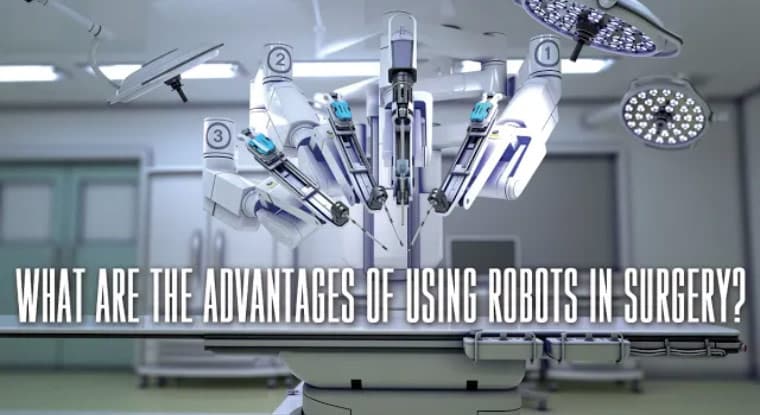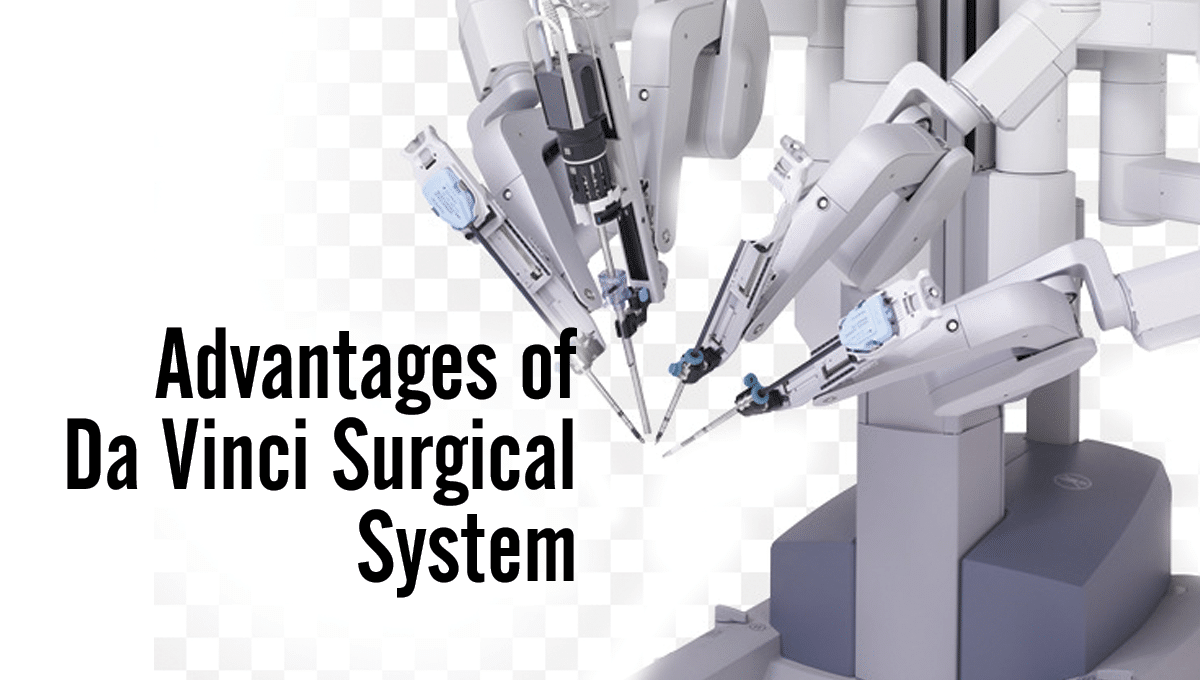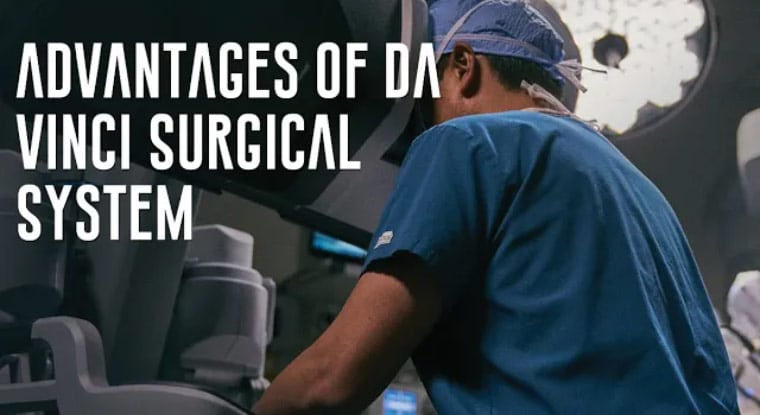Our skilled urologists at Trinity Duck Slough pioneers precision and faster recovery, utilizing the advantages of robotic surgery.
Continue readingAdvanced Urology Institute: Precision and Excellence – Da Vinci Robotic Surgery
The Da Vinci Robotic Surgery System offers precision and control superior to traditional methods, allowing for minimally invasive surgeries.
Continue readingYaser Bassel, MD: Advancements in Female Pelvic Floor Prolapse Treatment
Exploring Innovative Solutions for Women’s Health 🩺 Yaser Bassel, MD: Advancements in Female Pelvic Floor Prolapse Treatment
Continue readingOvercoming Fear of Cancer Diagnosis and Treatment
Overcoming fear of cancer diagnosis and treatment can be challenging. You can do it with the help of experts at Advanced Urology Institute.
Continue readingDavid DiPiazza, MD: Advantages of Robotic Surgery
Dr. David DiPiazza, urologist in Trinity Duck Slough office in Florida talks about the advantages of robotic surgery in the field of urology.
Continue readingWhat are the Conditions We Treat at Advanced Urology Institute?
Minimally Invasive Robotic Surgery with the da Vinci Surgical System – Dr. Rishi Modh
My name is Rishi Modh, I’m a board certified urologist with Advanced Urology Institute. My favorite part of the practice is doing robotic surgery. I really enjoy using the da Vinci Robot to treat peoples problems in a minimally invasive way. And
Continue readingTreating Benign Prostatic Hyperplasia
My name is Amar J. Raval and I’m with Advanced Urology Institute. So one of the few things I specialize in my particular practice would be BPH or enlarged prostate. Whether it’s minimally invasive surgery like Urolift where you
Continue readingWhat Advantages Do Laparoscopic & Robotic Surgery Offer with Dr. Amar Raval?
Advantages and Disadvantages of Robotic Technology in Urology – Dr. Shaw Zhou

My name is Shaw Zhou, I am with Advanced Urology Institute.
Robotic surgery is truly precise, for example, the magnify [goes] up to ten times so the doctor can see better and if your doctor has a hand tremor [it’s still] very steady. You got four arms instead of two arms, so you have two arms to grab for you and so on and so forth. And you have three dimensional [view], you can see much better. The traditional labs got surgical screens which are two dimensional so you don’t have that sense of depth. However the drawback is first of all, the doctor sits 10 feet away, so God forbid if something happened, your doctor will have to go in, wash your hands and you are not by your patient
Also you lose the tactile sensation, cause you don’t feel it no more. When you tie a knot or whatever you know, the tactile sensor feed gives how much force you use now, [before] it’s purely by experience. Although the new robot that we’re talking about that has tactile sensationin other words you can visually see it. They see how much force [is needed] if its red or green. So it’s getting better and better, eventually new robots keep on coming out but in the future I think we can overcome all these shortcomings for robot surgery.
What are the benefits of da Vinci Robotic Surgery According to Dr. Rolando Rivera
What Are The Advantages of Using Robots in Surgery?
The use of robots in surgery, also called robotic surgery or da Vinci surgery, is an impressive fusion of medicine and engineering that has transformed the medical field. It involves the use of miniaturized robotic instruments inserted into the body through a small incision and guided through the operation by a surgeon sitting at a console. It has brought the following advantages:
1. Increased visibility and precision
The surgeon views the entire anatomy, with specific focus on the surgical site, through a 3D high definition camera. This means even the smallest blood vessels are visible and the surgeon can follow the movement of the instruments with pinpoint accuracy. The surgeon has a clear view of what they are working on and the incidence of human error is cut down dramatically. The smaller instruments also can access tight spots that otherwise would be impossible or extremely difficult for a surgeon to reach.
2. It is a minimally invasive procedure
The incisions made in robotic surgery are only done to accommodate the tiny instruments. There is a world of difference between this procedure and open surgery where a surgeon has to make large incisions on skin and sometimes even cut through muscle to reach the surgical site. The minimally invasive nature of robotic surgery means numerous additional benefits, such as:
a. It causes only a little bleeding;
b. It results in minimal scarring;
c. The patient requires a short recovery period;
d. The patient suffers less pain and physical discomfort, both during and e. after the surgery;
f. There is a very small chance of post-surgery infections;
g. Overall there is less surgical trauma; and
h. There is a rapid return to normal everyday activities.
3. It is less strenuous on surgeons
Most surgeries take two to three hours but complex procedures go on for longer. Surgeons must stay sharp and focused, and in the case of open surgeries, on their feet for as long as the surgery takes. It is only fair to expect that they might suffer from fatigue. In robotic surgery, the surgeon sits can view the anatomy of the patient and control the surgical instruments while sitting at a console. This is definitely easier on the surgeon, who should be able to better maintain better concentration during long surgeries. It also makes it less likely for a mistake to occur.
Robotic surgery is available for almost all surgical procedures. A patient should see a specialist to discuss the applicability of robotic surgery to his or her case. For prostate, kidney and other urinary system problems for instance, the highly specialized urologists and doctors at Advanced Urology Institute can help you with a diagnosis as well as explain the best procedures for you, including robotic surgery. For more information about robotic surgery, visit the “Advanced Urology Institute” site.
Recent Advances in Prostate Cancer Treatment
Prostate cancer is cancer of the gland that produces seminal fluid for the nourishment of sperm. Some cases are slow developing and do not affect the patient significantly. These can be managed by watchful waiting and constant monitoring. Others are aggressive and must be addressed immediately. As with most cancers, early diagnosis increases the chances of successful treatment.
Developments in the treatment of prostate cancer
1. Multiparametric MRI (MpMRI) in diagnosis
Determining which cancer is life threatening and which one is not is a critical issue. In order to carry out a more efficient diagnosis, doctors now are using an MRI guided biopsy instead of the more traditional transrectal ultrasound guided biopsy. The MpMRI provides better results determining if the prostate is infected and if the cancer has spread outside the prostate. It can help a doctor decide whether or not a patient should undergo a biopsy. And the MpMRI can be used to monitor the cancer growth, making it a very useful tool when watchful waiting is adopted.
2. Use of immunotherapy in treatment
Until recently, it was thought that immunotherapy was ineffective against prostate cancer. Prostate cancer treatment was primarily limited to surgery, hormone therapy and radiotherapy. In recent years, however, researchers have found that immunotherapy, specifically a drug called pembrolizumab, may be effective in treating aggressive cases of prostate cancer that have advanced beyond the other forms of treatment.
3. Robotic surgery
Like most other areas of surgery, the treatment of prostate cancer has benefited from the use of robotic or the da vinci surgical system that is guided by a surgeon operating from a console. Patients who undergo prostatectomy to remove the prostate may avoid open surgery by opting for robotic surgery. Benefits of robotic surgery include reduced bleeding, reduced pain, low risk of post surgery infections and fast recovery rates.
Medical advancements have improved cancer treatment outcomes and changed lives for the better. At Advanced Urology Institute, the team of specialists uses the latest techniques and technology for treating prostate cancer. They are available to offer consultation, diagnosis and treatment best suited for the individual patient.
For more information, visit the Advanced Urology Institute website.
What are the advantages of the da Vinci surgical system?
The da Vinci surgical system is an advanced and effective tool for performing minimally-invasive surgeries. It is a state-of-the-art tool that makes the most of the surgeon’s skill, expertise and experience in conducting urologic procedures. Known as da Vinci because Leonardo da Vinci devised the first robot and used three-dimensional detail and incomparable anatomical accuracy to give life to his masterpieces, the surgical system gives physicians such precision and detail that it effectively simulates an open surgical environment while allowing the use of tiny incisions.
How does the da Vinci system work?
The da Vinci surgery is robot-assisted and minimally-invasive, done via small incisions. The robot’s hands offer a high degree of dexterity, which enables surgeons to operate in the very tight spaces and delicate tissues of the genitourinary tract that otherwise would only be accessed through the longer incisions of open surgery. The da Vinci robot is a self-empowered, computer-controlled device that has been programmed to help in the positioning and maneuvering of surgical instruments. It gives surgeons better precision, flexibility, accuracy and control over surgical procedures.
When using the da Vinci system:
1. The urologist operates from a computer console situated in the operating room, directing and manipulating miniaturized instruments mounted on 3 robotic arms to create small incisions in the patient.
2. During the procedure, the doctor looks through a 3D camera attached to a fourth robotic arm that magnifies the surgical site.
3. The hand, wrist and finger movements of the surgeon are transmitted straight through the computer console and to the instruments attached to the robotic arms, resulting in mimicked movements with the same range of motion as that of the surgeon and allowing maximum control.
4. The robot is supervised by the surgical team at the patient’s bedside.
What are the advantages of the da Vinci surgical system?
1. It ensures that surgeries are more precise by providing better visualization, improved dexterity and greater accuracy.
2. It enables surgeons to conduct complex surgical procedures using tiny incisions.
3. It replicates the surgeon’s technique and movements in real-time, with the surgeon seated just a feet away from the patient viewing an actual image of the operating field while performing the procedure in real-time by manipulating a miniaturized instrument and using tiny incisions.
4. It transmits force feedback sensations from the operating field to the surgeon, which are then used as a substitute for tactile sensations and are augmented by the superior vision offered by the high-resolution 3D view to deliver better visualization, accuracy and precision.
The da Vinci is designed to ensure that both simple and complex procedures are done using incisions of 1-2 cm (also called operating ports), potentially resulting in:
1. Reduced trauma, pain and discomfort to patients
2. Fewer complications
3. Shorter recovery time and quicker return to routine activities
4. Minimal scarring
5. Reduced blood loss and need for transfusions
6. Minimal hospitalization costs
At Advanced Urology Institute, we have incorporated the da Vinci surgical system into our practice. Over the years, we have been able to use the increased range of motion, improved visualization, enhanced dexterity and greater surgical precision offered by the robotic system to deliver improved treatment outcomes to our patients. We are also proud of the skilled and experienced professionals at AUI whose training, fortitude, passion and expertise in the use of advanced technologies have enabled us to provide the best possible care to our patients. For more information on our services, visit the “Advanced Urology Institute” site.
Advantages of da Vinci Surgical System
The da Vinci Surgical System is a minimally invasive procedure where the operation is performed with the help of robotic instruments inserted through minor incisions. The surgeon sits at a console that offers a three dimensional view of the patient’s anatomy and full control over the surgical instruments.
The da Vinci system provides a suitable alternative to the more traditional open surgery where a surgeon has to make large incisions through skin and muscle to reach the affected organ. It also is an improvement to other minimally invasive procedures, such as laparoscopy. Now a patient has the opportunity to choose robot assisted laparoscopy over conventional laparoscopy.
Advantages of the da Vinci Surgical System
1. Increased precision
The precision with which miniaturized robotic instruments move through the body is comparable to that of a scalpel in a surgeon’s hand. Robotic instruments can access parts of the anatomy that are delicate or hard to reach with no risk of accidental puncture or laceration. The margin of error is very low because precision increases accuracy.
2. Reduced blood loss, pain and scarring
Blood loss, pain and scarring are incidental to any surgical procedure. Blood loss is especially critical and it is a significant contributor to mortality rates in procedures such as hepatic and thoracic surgery. The da Vinci Surgical System requires very little cutting and the incisions made are very small. Advantages of the smaller incisions include less pain, smaller amount of blood loss and a shorter healing period after the surgery. The high definition cameras and the 3D view in the da Vinci Surgical System also offer increased visibility, which reduces the chances of puncturing blood vessels or any other part during the surgery.
3. Faster recovery
Patients who undergo surgery using the da Vinci system report faster recovery. They require less after care and the risk of post surgery complications is remarkably reduced. This is especially the case with post surgery infections, which are a concern in cases of open surgery because of the larger wounds. Patients undergoing this kind of surgery realize the objectives of their treatment quickly and they can return to their normal activities with no problems.
Conclusion
The da Vinci Surgery System is available for almost all forms of surgery, including gynecological, kidney and colorectal. Areas such as urology are known to have been at the forefront of adopting this system to urological surgeries and to date, most urologists, including the members of the Advanced Urology Institute, champion the use of the da Vinci Surgery System.
For more information about the da Vinci Surgery System, visit the “Advanced Urology Institute” website.


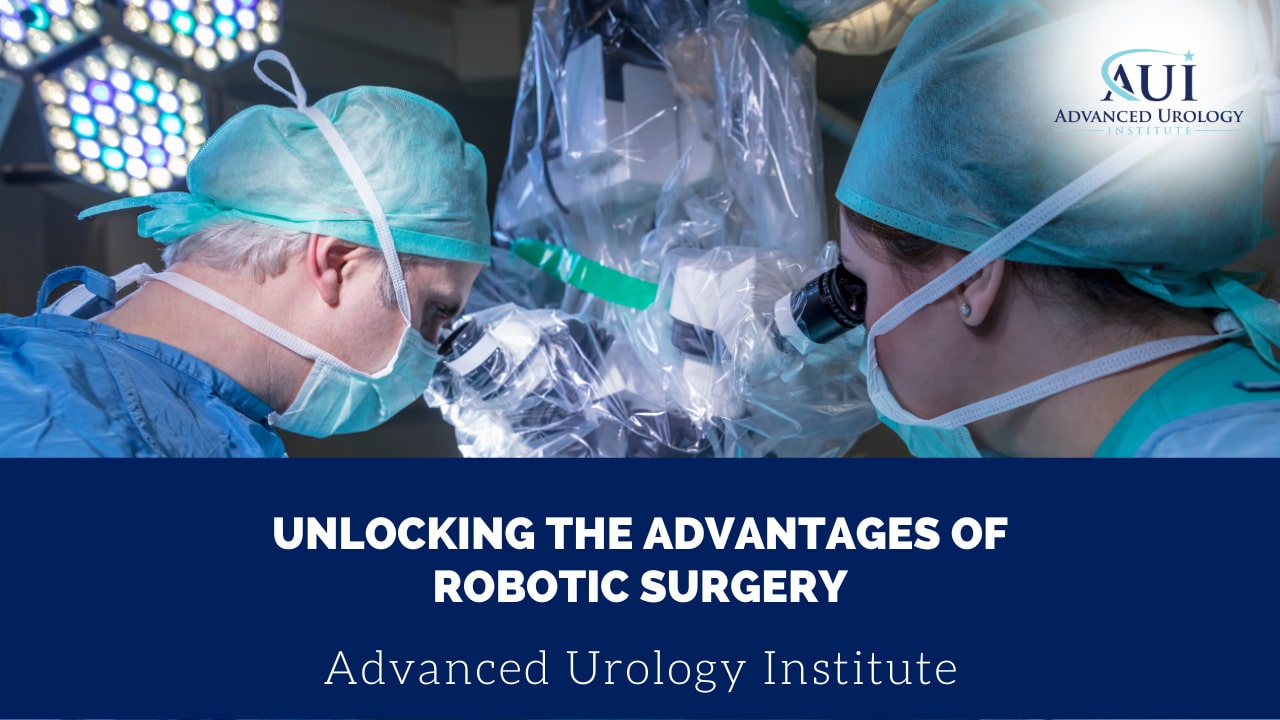
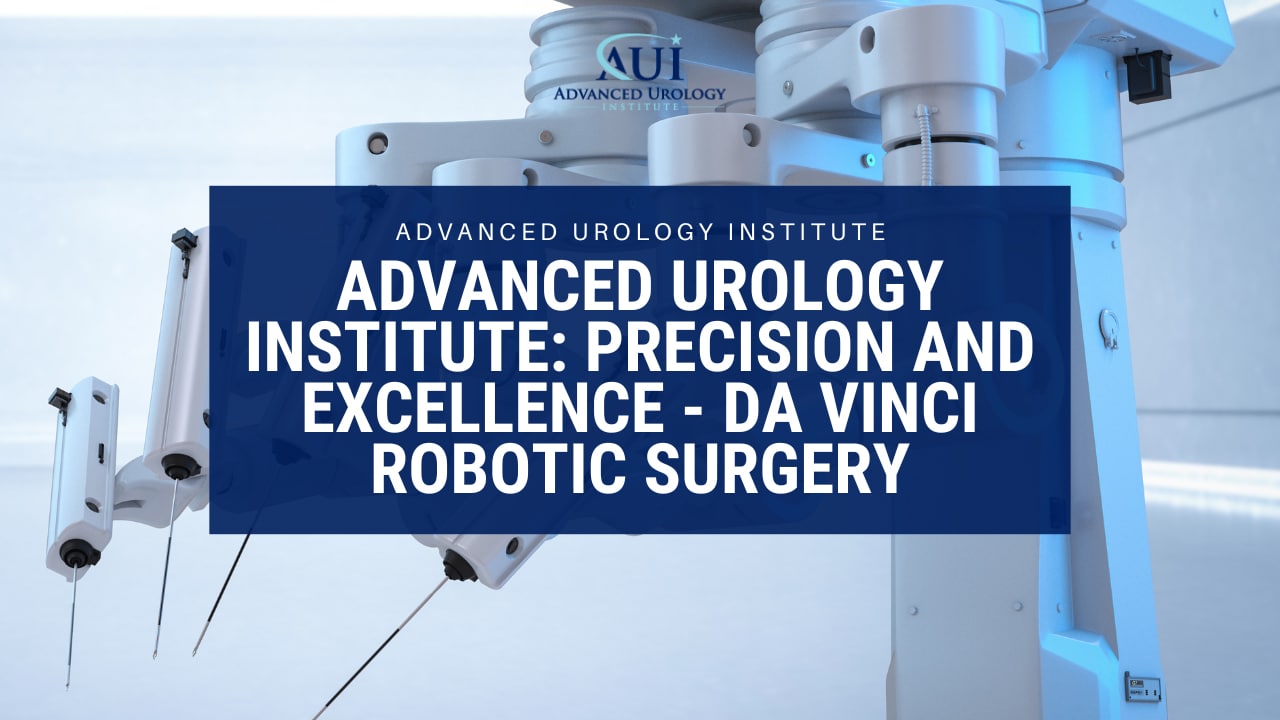
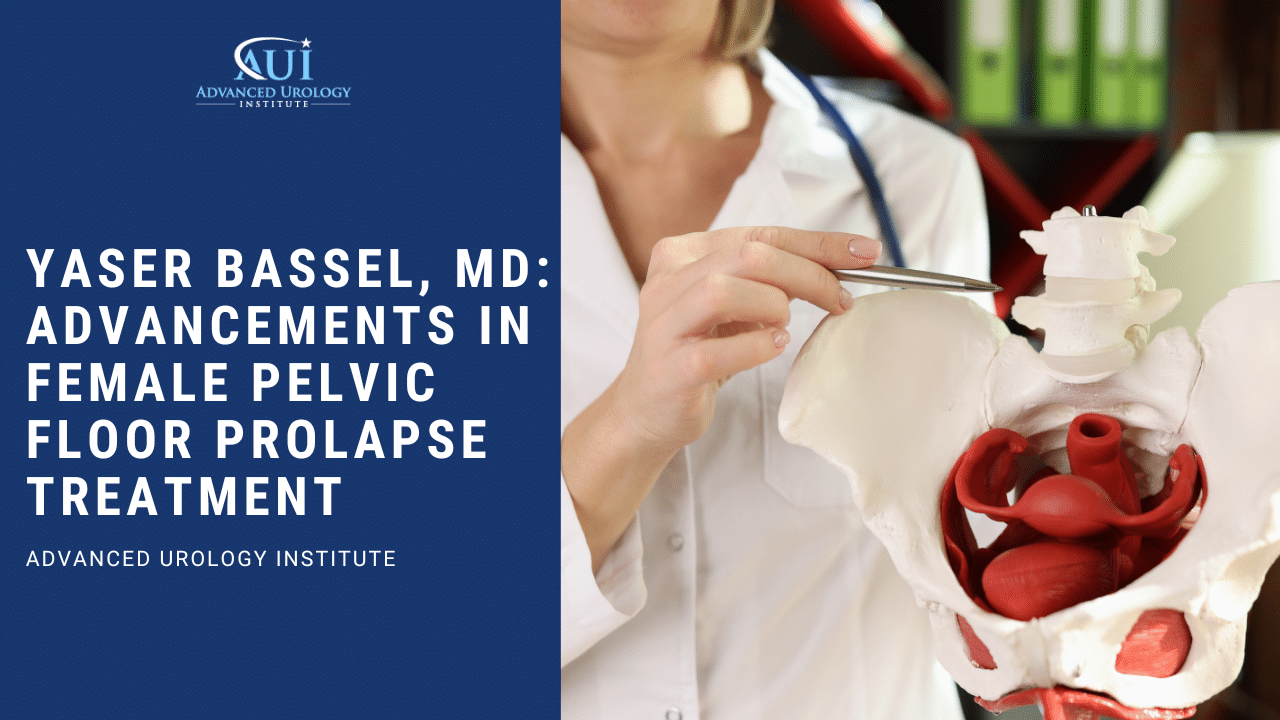

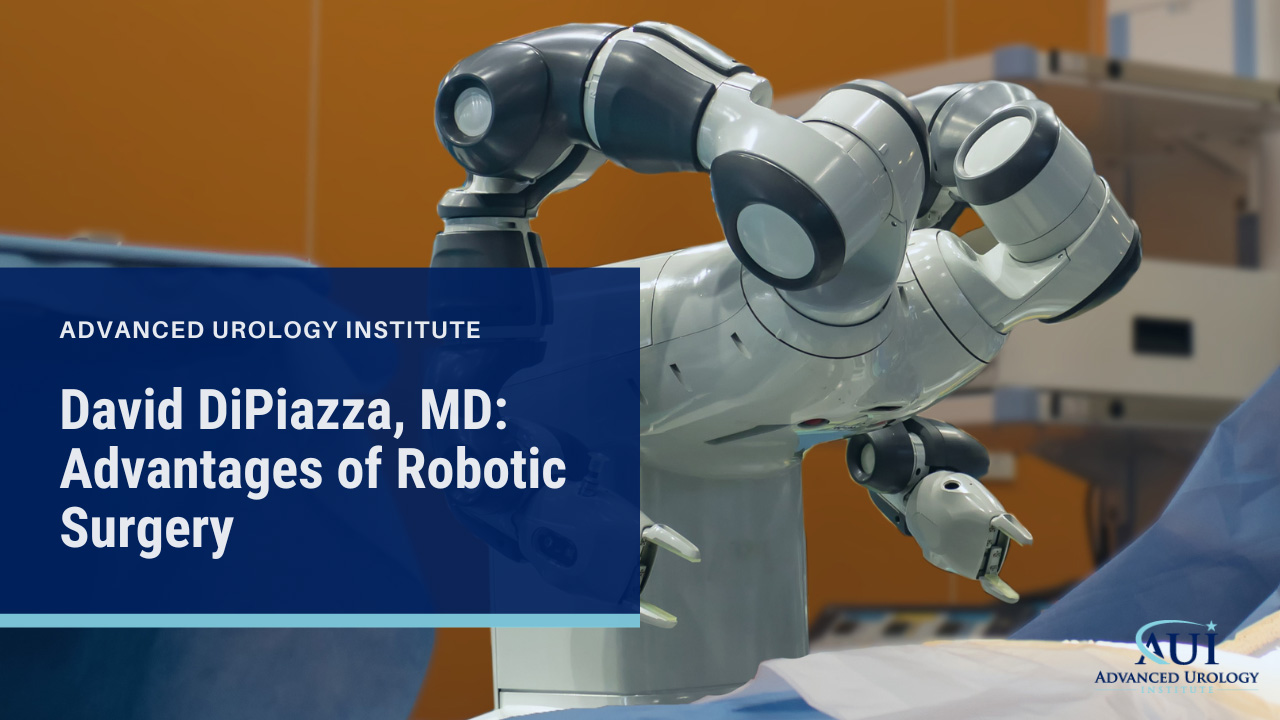

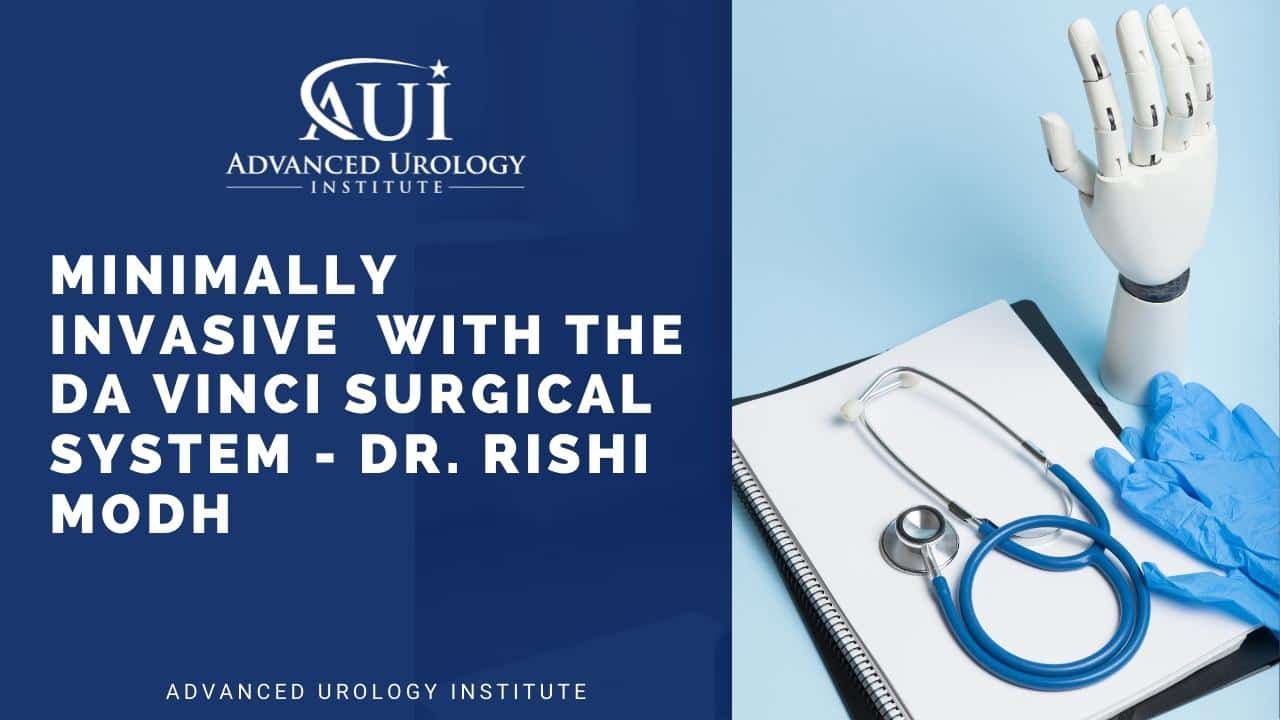


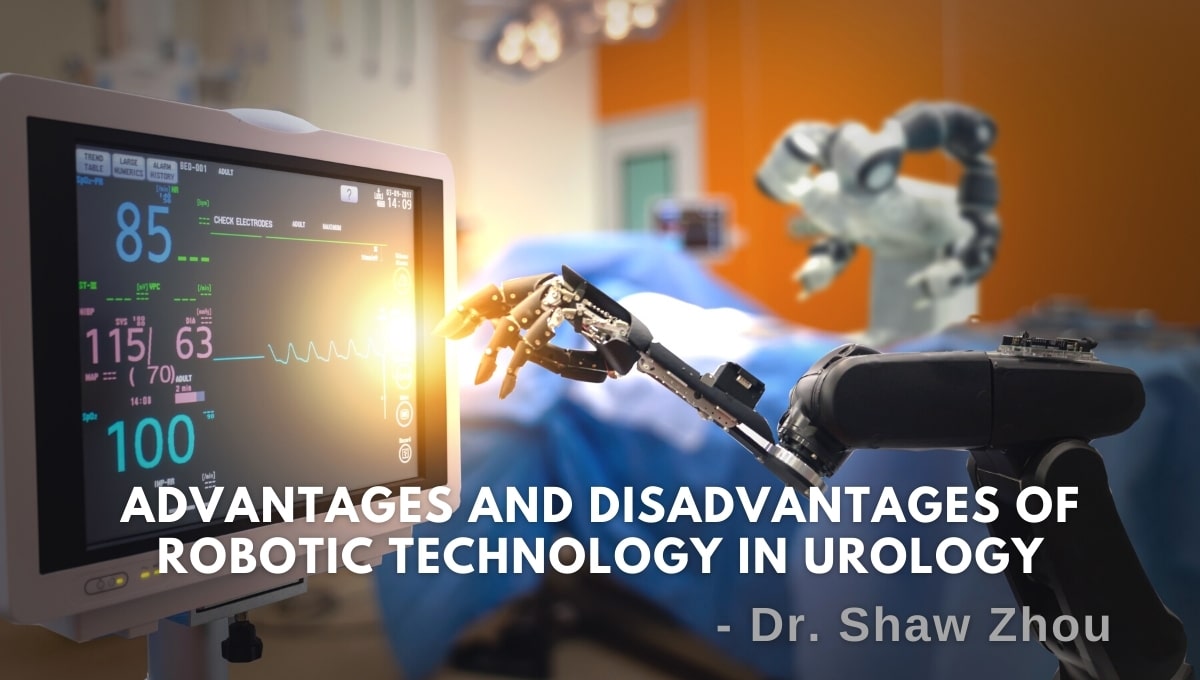
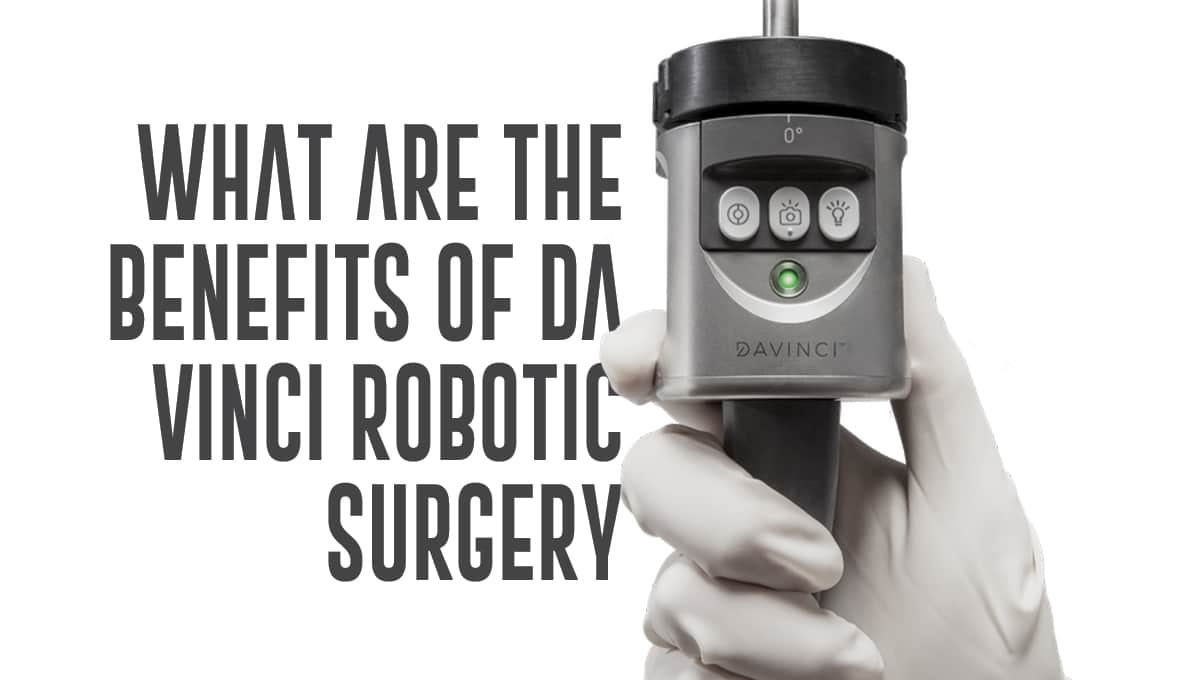
 Surgical Approach with da Vinci Robotic Surgery
Surgical Approach with da Vinci Robotic Surgery